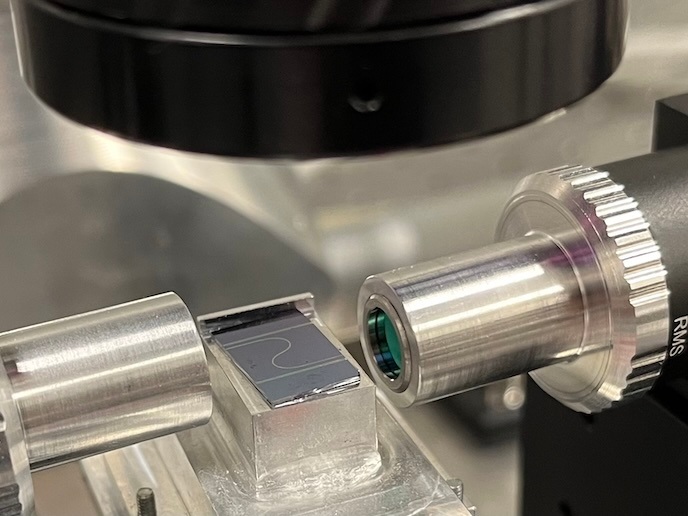Wireless technology to monitor buildings
As soon as a building is constructed, it starts to age. Buildings require safety inspections throughout their life and to evaluate their structural condition, especially after earthquakes. However, such activity can be severely hindered by the difficulty of gaining access to all relevant areas in a building while it remains in use. Current structural monitoring systems employ conventional cables to allow sensors to communicate their measurements to a central processing unit. However, they have high installation costs and leave wires vulnerable to ambient signal noise corruption. In the EU-funded project MEMSCON(opens in new window) (Radio frequency identification tags linked to on board micro-electro-mechanical systems in a wireless, remote and intelligent monitoring and assessment system for maintenance of constructed facilities), scientists integrated microelectromechanical systems with a radio frequency identification tag into a single, tiny and cheap package. The project employed acceleration and strain sensors to measure the forces as the building moves or vibrates, and to determine the strength of the construction materials. Measurement data are sent to a remote base station through a wireless interface. Each sensor node is individually supplied by a battery. The acceleration sensors are activated only in case of seismic events and the strain sensors on a periodic basis, thus achieving low power consumption. Along with the sensors distributed all over a building, the MEMSCON system includes a decision-support system (DSS). Accepting the sensor inputs, the system assesses the structural condition of the monitored building and selects the optimal remedy measures. The DSS includes an expert system with a user-friendly interface and knowledge bases. The end user can thus retrieve current and historical data from the knowledge bases, while examining different scenarios for hypothetical unsafe situations through real-time alerts. MEMSCON's newly developed system enables engineers to precisely determine the structural state of a building, decreasing the time to assess the situation and decide on remedial measures. The system is not only suitable for commercial and residential buildings but could also be applied to monitoring the condition of bridges and roads.







